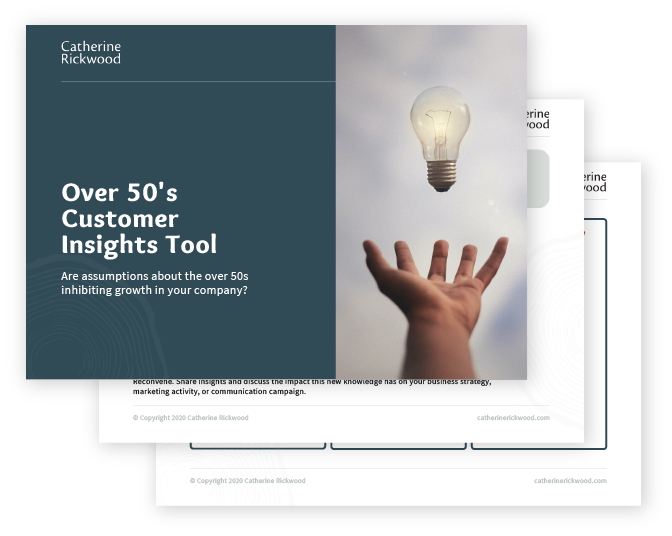Goals have a significant impact on what we do each day, how we live, and how we feel about ourselves. They can be both motivating and disheartening. Motivating when we achieve the goal we set. Disheartening when we under-achieve or miss the goal altogether. Without goals we can become rudderless and life can lack real purpose and meaning.
What’s this got to do with becoming older?
The importance of goals
When thinking or planning for later life, setting goals is as important as our younger years when we often set goals associated with things such as sport, career, or money. Whilst establishing financial goals is important, money alone does not buy happiness. Ease, comfort, and security perhaps. But not happiness. Goals about other aspects of our life give us something to get up for each day – to work towards so that there’s a sense of achievement in our lives.
As I’ve said previously, it would serve us all well if we eliminated the word ‘retirement’ from our vocabulary. Whilst most people do want to stop working at some point, setting ambitious personal goals to coincide with the event is not usually built into people’s thinking.
Crashing age stereotypes
Recently, I had the good fortune to meet a vibrant, active 65 year old woman, Astrid, who had walked the infamous Camino track – a walk of 780km from St Jean Pied de Port in the French Pyrenees to the stunning cathedral of Santiago de Compostela in Spain. The walk takes up to 5 weeks. Astrid shared how many people were either surprised she’d done it, or considered her “too old” to be embarking on such an adventure.
Clearly, age stereotypes and ageism contributed to people’s perceptions of what’s OK and what’s not OK for someone with grey hair and some wrinkles.
There’s more to this story.
Astrid, had a big goal with a plan.
First, she had to wait a year so that her foot surgery and hip injury could heal. Then Astrid worked with a trainer 3 times a week to align her body and strengthen her legs. She joined Weight Watchers to lose 15 pounds to reduce the load on her joints and made a deliberate decision to only carry a day pack for the duration of the walk. Her heavier luggage was transported to her accommodation each day. And, throughout the walk, Astrid chose the road less travelled in order to enjoy the quieter paths and nature.
Astrid chose a big, hairy a** goal (BHAG).
Benefits of goals as we age
The benefits of a BHAG are twofold:
- Ambitious and less ambitious goals contribute to a more active and healthier life. Without them we risk falling into the trap of building our lives around meal times, coffee & cake breaks, TV viewing, holidays, and medical appointments.
- By setting goals that are challenging we defy ageism and age stereotypes. Attitudes and beliefs about what older people can or should do are outdated. Longer lifespans require us all to re-think what we do with our lives and be more ambitious and confident about what we can do in our later years.
SMART goals
These are the 5 keys to goal setting. Make sure your goals are:
Specific: We’ve all heard of the bucket list. It’s a list of the things we want to do before we die. Interestingly, it’s become so much a part of our vernacular, even younger people talk about their bucket list! Goals can be a bucket list. However, the goals for living will influence what we do in our daily lives. Whether that’s learning to fly a glider or volunteering. If volunteering is a goal, what type of organisation would you seek to work with? One associated with children, the environment, mental health, older people, the homeless, or refugees? The options are endless. Check that your goals match your current interests or are associated with an area you’d like to know more about.
Measurable: Ensure that you have a sense of achievement by putting measurable goals in place. Simply thinking, ‘I’m going to volunteer’ is noble. However, you may want to establish a goal of volunteering for a certain number of hours or days per week. Alternatively, you may choose to work as a volunteer to raise money for a charity. Set a goal of how much money you’ll raise. When you’ve achieved the goal … reward yourself.
Achievable: Ambitious goals are great. And, they may take time to achieve. So, break the BHAG into smaller goals. Imagine trying to eat an elephant. The only way to successfully do that would be to eat it one bite at a time. Big BHAG’s are the same. One step at a time.
Realistic: Ensuring the goal is something that you can actually do is essential. Whilst you may have dreamt of flying to the moon, becoming an astronaut is probably unrealistic. However, parachuting may not be. Going back to University may be something you’d like to do, however fees may make it prohibitive. Look for a course via a free MOOC (massive online open community) or attend University of the Third Age instead.
Timely: Set a timeframe for taking action and then completion. All talk, no action leads to a lack of fulfilment and a sense of failure. The action may be as simple as researching which volunteer organisation you’d like to work with. When will you do this? By what date will you have made your decision? Then, when will you fill in the application or call to get on their list? When will you follow up? If not successful, which charity was #2 on your list? When will you fill in that application? And so on. Importantly, be realistic with setting timelines and deadlines. Don’t make them too short, nor too long. Diarise the actions, or write a list and tick each item off once done. Each tick is another step towards achieving your goal. Another bite of the elephant.
Goal ideas
Ambitious goals might be:
- Climbing to Everest base camp;
- Hiking the Kokoda Track;
- Sailing around the world;
- Learning a new language;
- Studying again.
Less ambitious goals, but equally valuable, could be as simple as:
- Volunteering a certain number of days or hours per week;
- Participating in a community-based activity such as walking or a cycling group;
- Taking up a past hobby or interest such as a musical instrument or painting;
- Ensuring that some time is spent with younger people each week/fortnight/month in order to benefit from the youthful energy and enthusiasm that those younger than us bring to a conversation and relationship.
By building on current interests, or exploring new activities, we expand our friendships, bring purpose and meaning into our lives, and increase our chances of a happier, healthier life – right up until the end. And surely, that can only be a good thing.
What are your BHAG’s?
Photo by Gautam Arora on Unsplash



